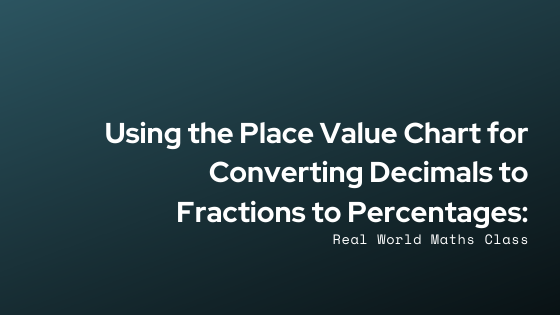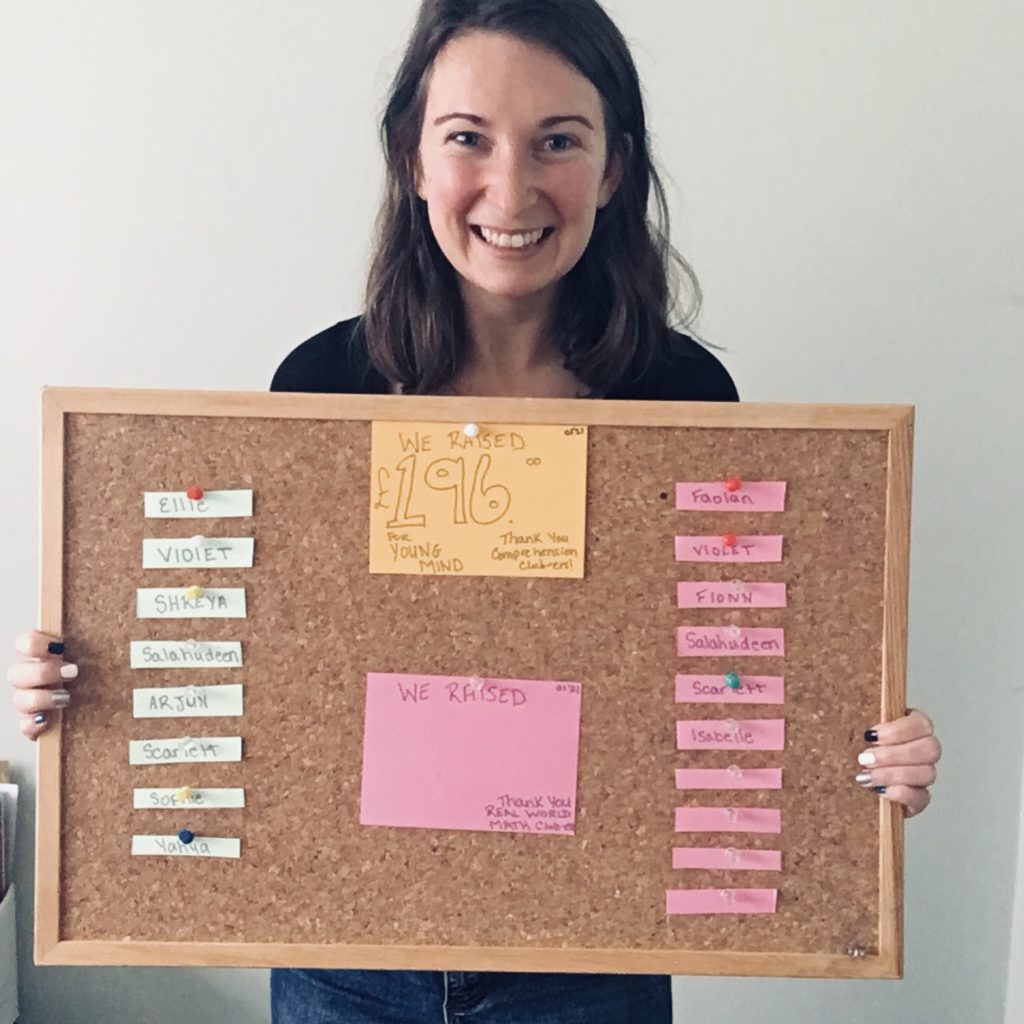One of the key skills for Keystage 2 Maths is converting between fractions, decimals and percentages. This blog will unlock 2 easy tricks that will help students to feel more confident in converting. (This is also the topic from our free trial).

Does your child think they are ‘bad at Maths’?
On January 13th, 2021 Bettering Youth is launching our first Real-World Maths Club. This 5-week programme will support students in year 5 – year 7 to feel more confident manipulating foundational skills and approaching word problems.
This half term, we are focusing on Fractions, Decimals and Percentages.
There are three objectives for our virtual classroom:
1- to provide a community that celebrates the learning process
2- to encourage students to try problems outside of their comfort zone to build that growth mindset
3- help them connect the classroom learning to the word problems (real-world applications)
Let this half term be the one they realise they are not ‘bad at Maths’.
Using the Place Value Chart for Converting Decimals to Fractions:
Identify first that the place value chart has fractions behind the decimal.
The 10th column is really 10/100 or 1/10
Therefore, when converting a decimal to a fraction, we must simply look at what column the number finishes in and place that as the denominator.
Remember, denominator = down
Using the Place Value Chart for Converting Decimals to Percentages:
Note that the word percent can be broken down to mean ‘per’ ‘cent’. Cent being the root word for century, meaning 100 years, or is the French word for 100.
This means that anything out of 100 can be written as the percent.
As seen in the video, 0.78 ends in the hundredths column therefore as a fraction it would be 78/100. This results in the percentage to be 78%
Real World Maths Club:

In Grade 4-8 I was kept in at break time, and held back after school for Maths tuition.
I just did not ‘get it’.
I was failing. Barely scraping by with Cs and Ds (in Canada these were around 55 – 66%)
Then in Grade 9 and Grade 10, I scored an 84% and an 80% respectively.
I felt on top of the world. I ‘got it’!
In Grade 11 and Grade 12, I went back down to a 68% and a 70%.
And let me be clear, I worked extremely hard to earn those grades. As someone with a high 80s average, those were thorns in my side.
In Grade 12, I also managed an 84% in Business Financial Accounting.
So what’s the difference between my grade 9 & 10 year vs my Maths marks in grade 11 and 12?
The teachers.
Now this is not to say that your child, or myself, are not doing well because of the teacher. That would be highly inaccurate and unfair to say – especially as I myself am a teacher.
But sometimes, the learning styles between teachers can make a big difference.
I can still remember my grade 9 Maths teacher.
She taught us about measurement by instructing us to help her remodel her closet. And we learned about fractions with a song I still teach my students to this day.
She brought Math alive.
She made it relate to my external world.
I could see how it was connected to the bigger picture.
And it is why, in my Maths class, you would see me baking, cutting, measuring and demonstrating.
It’s how, in 2016 when I prepped 11 year 6 Maths students projected not to “pass” their Maths SATS, 9 of them did.
I know what it’s like to feel ‘not good’ at something, when really all that was missing was some context.
A few extra steps to bridge the gaps between theory and application.
I have seen the same results in my own classroom as a teacher and again as a professional tutor.
Your child is not ‘bad at Math’ we just need to help them connect the dots and support their learning gaps.
Let our virtual classroom bring Math to life for them. Let us
